[ad_1]
Image it. You’ve completed prepping the backyard for winter. You’ve planted your bulbs, lower or pulled weeds, and panted some late-season rose bushes. You composted after which tucked all the pieces away below a blanket of mulch. You then get up one magical morning to a blanket of superb, white glitter masking the backyard.
There may be a lot to do to arrange for at the present time, the first frost of fall or winter. Fall is a bustling time within the backyard. Winter, nevertheless, is a time for many issues to relaxation. You should still have some evergreens to are inclined to. However, for probably the most half, crops go dormant, and far work is over till issues start to heat again up in spring.
So what ought to we do within the backyard after the primary frost? Properly, the extra necessary query is what we should always not do. Let’s take a look at some duties you must keep away from after that first frost.
Pruning
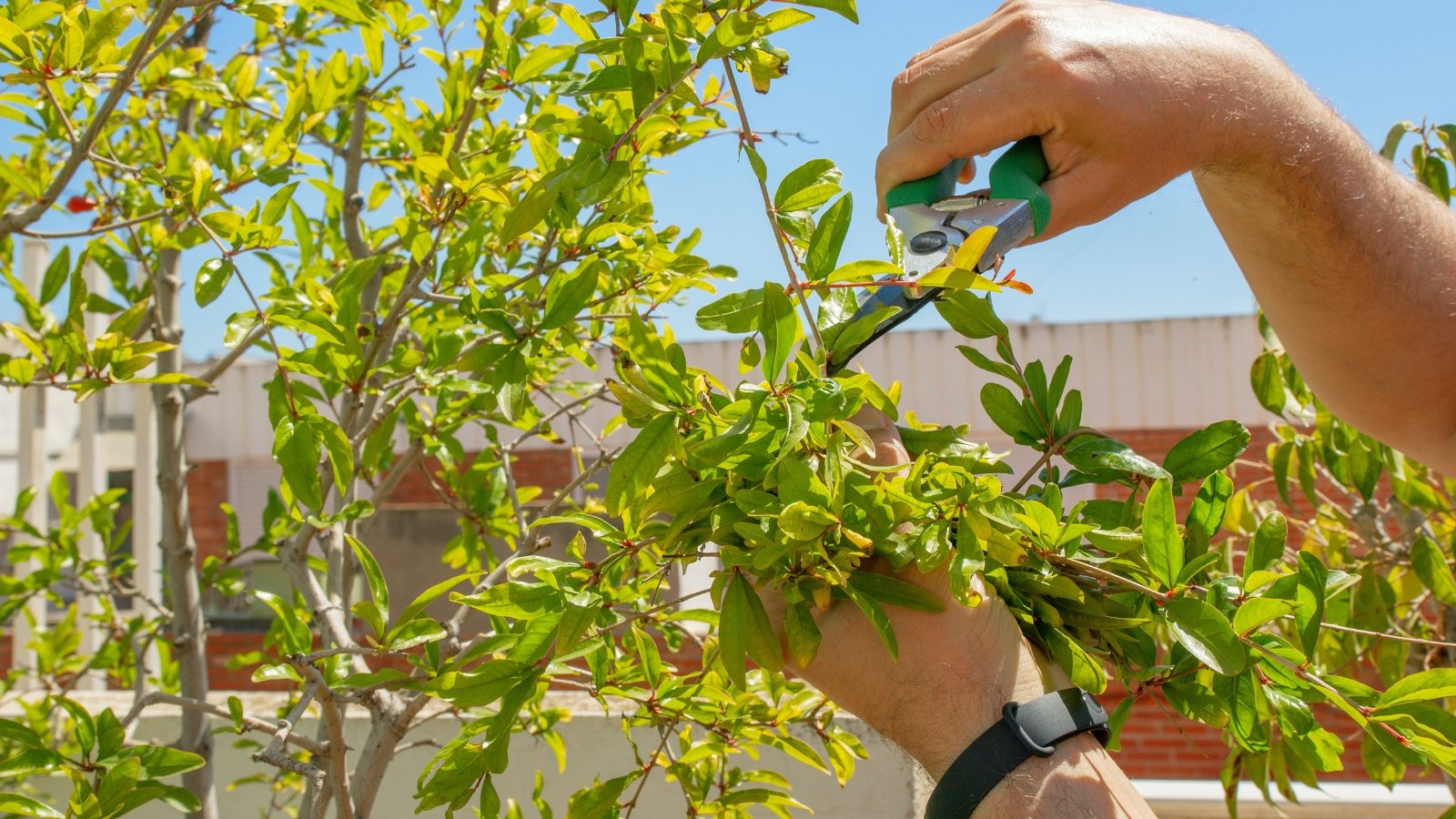

When the primary frost hits, a lot of our crops reply by dying again to the bottom. This frost lets them know that it’s time for his or her dormancy—time to retreat and preserve vitality for the spring.
Going outdoors and reducing off broken foliage attributable to the freeze might be tempting. Nevertheless, it’s necessary to withstand this temptation and depart that useless foliage for hotter days forward.
Right here’s why: The useless foliage really protects the remainder of the plant that hasn’t died from the chilly. That is significantly true of these crops which might be questionable on your local weather. Leaving that useless foliage intact can act as safety for the remainder of the plant and its roots from future freezing vents.
Pruning in winter is dangerous for 2 causes. First, it removes that safety, exposing the wholesome components of the plant to freezing throughout subsequent occasions. Second, pruning stimulates development. That tender new development will probably be extra susceptible than mature wooden that hardened off throughout the earlier seasons.
This doesn’t simply apply to giant crops and perennials. For smaller flowering crops, leaving seed heads intact feeds overwintering birds and different small animals. Many useful bugs additionally overwinter within the hole stalks left from these.
Withholding Water
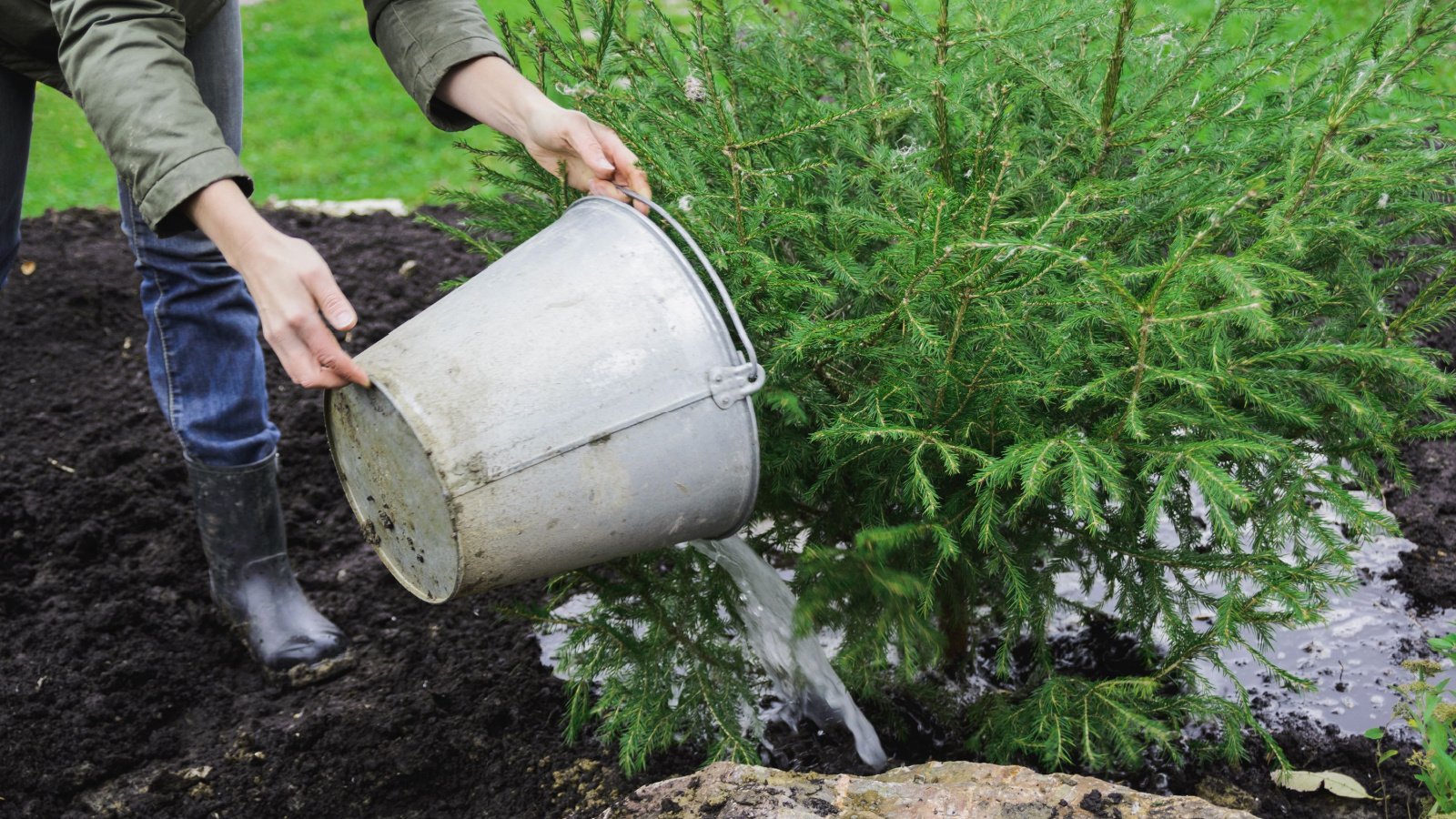

It’s necessary to preserve watering your crops, even when they’re dormant. Whereas they received’t want as a lot water, they will undergo from extra in depth root harm and potential loss of life with out sufficient.
Hydrated crops stand as much as the chilly higher than dehydrated ones. The hydrated tissues are extra resilient and extra prone to bounce again from the chilly. Dry roots are fragile and simply broken by freezing temperatures.
Don’t water if the soil is already moist; test your crops weekly and wait till it’s dry to the contact. It’s finest to water when the air temperature is above 40°F (4°C). However watering forward of a freeze is particularly necessary. Pay particular consideration to any newly planted perennials, which want extra water than established timber and shrubs.
Water timber to the drip line and smaller crops near the crown. The water really protects your plant’s roots, providing some insulation. The moist soil will keep barely hotter than the air. If attainable, use drip irrigation. Watering slowly will assist your crops take up the water extra effectively.
Overwatering
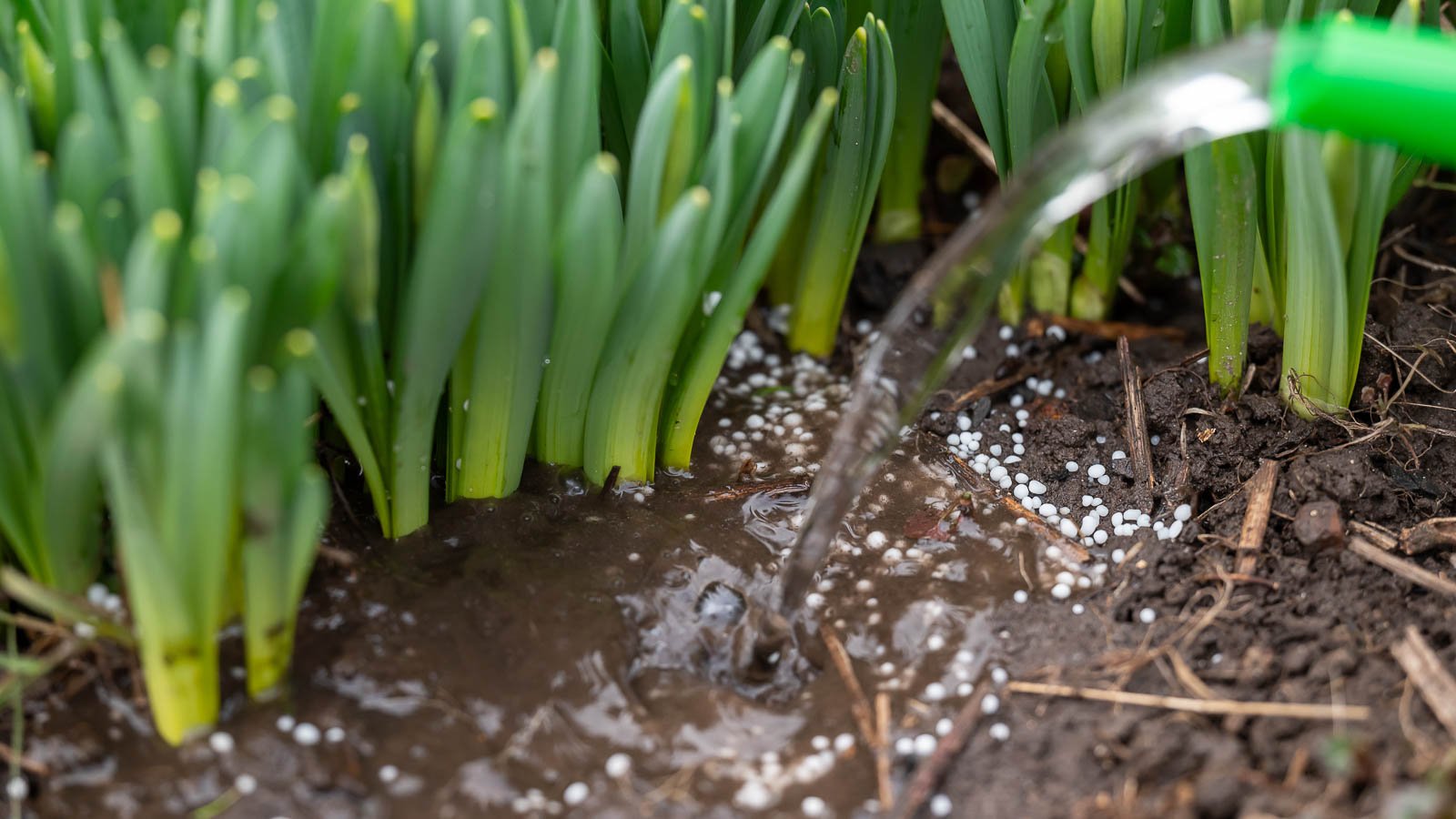

This may occasionally sound contradictory, however as necessary as it’s to proceed watering in winter, it’s equally necessary to keep away from overwatering. Throughout winter, your crops soak up much less water as a result of they’re dormant. Whereas they nonetheless want some moisture, an excessive amount of may cause extra hurt than good.
Overly moist soil round roots and bulbs that aren’t absorbing and using it can result in root rot. That is very true of bulbs, which already maintain some moisture. Should you let the bottom keep soggy, you could find yourself upset by a scarcity of flowers within the spring as your bulbs have rotted.
Fertilizing
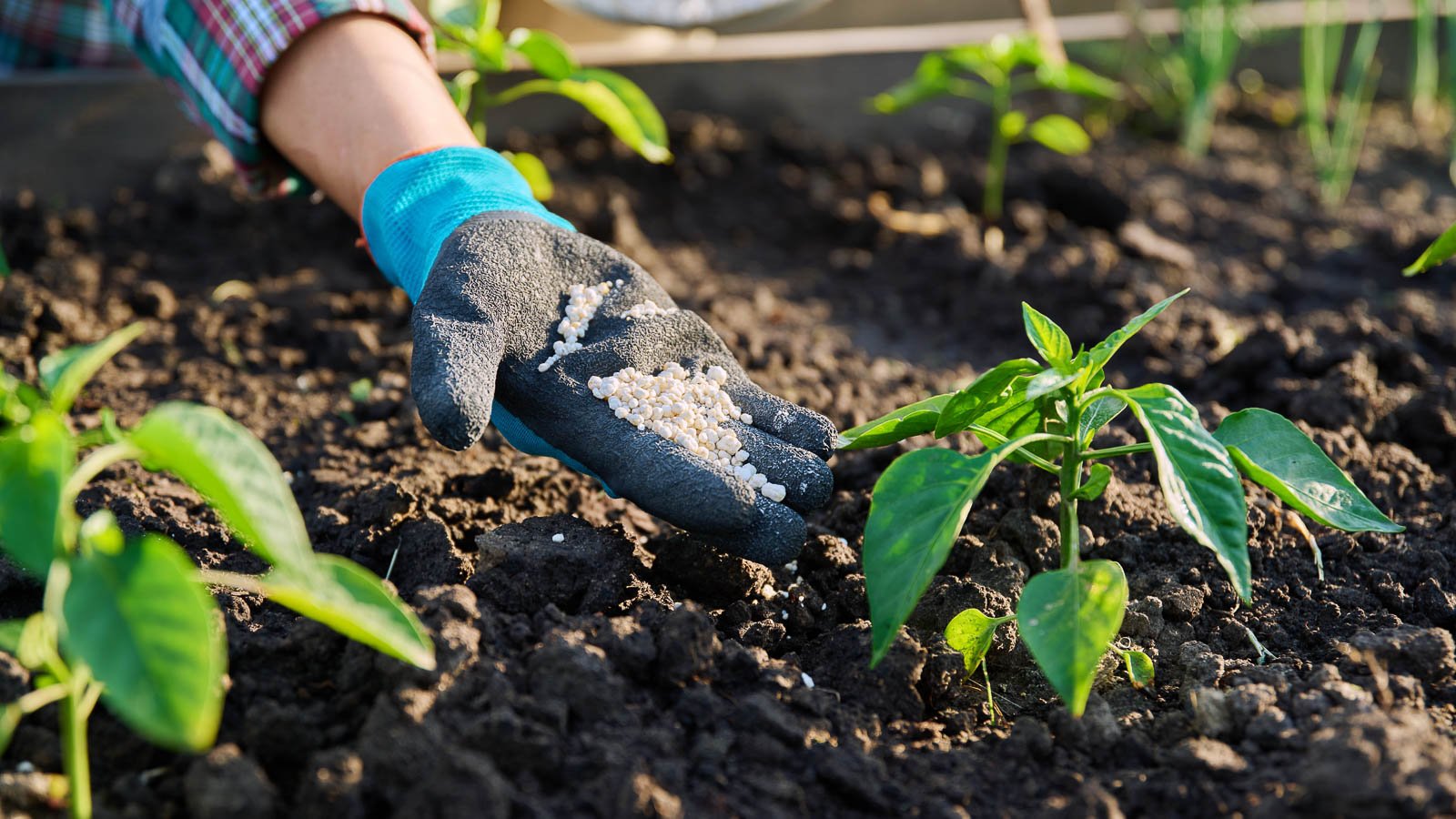

Technically, fertilizing ought to cease within the fall, about six to eight weeks earlier than your first anticipated frost date. Fertilizer has the same impact as pruning: it encourages new development, which is extra susceptible to chilly, which compromises the entire plant.
Another excuse to not fertilize in winter is that you simply’ll waste the fertilizer. Dormant crops soak up far much less water and vitamins than when they’re actively rising. An excessive amount of fertilizer may also be detrimental to roots, that are extra fragile from the chilly.
The one time you must use fertilizer in winter is for winter-blooming houseplants. Use a diluted system for actively rising indoor crops. Out of doors crops hardy to your area will probably be unable to soak up vitamins of their dormant state.
One other different, should you really feel like you want to give your beds extra of a lift for spring, is natural amendments. Should you haven’t mulched (which you must do earlier than the primary freeze), laying down a topdressing of manure or compost is ok. It is going to break down slowly because the climate warms up.
Planting Something That’s Not Dormant
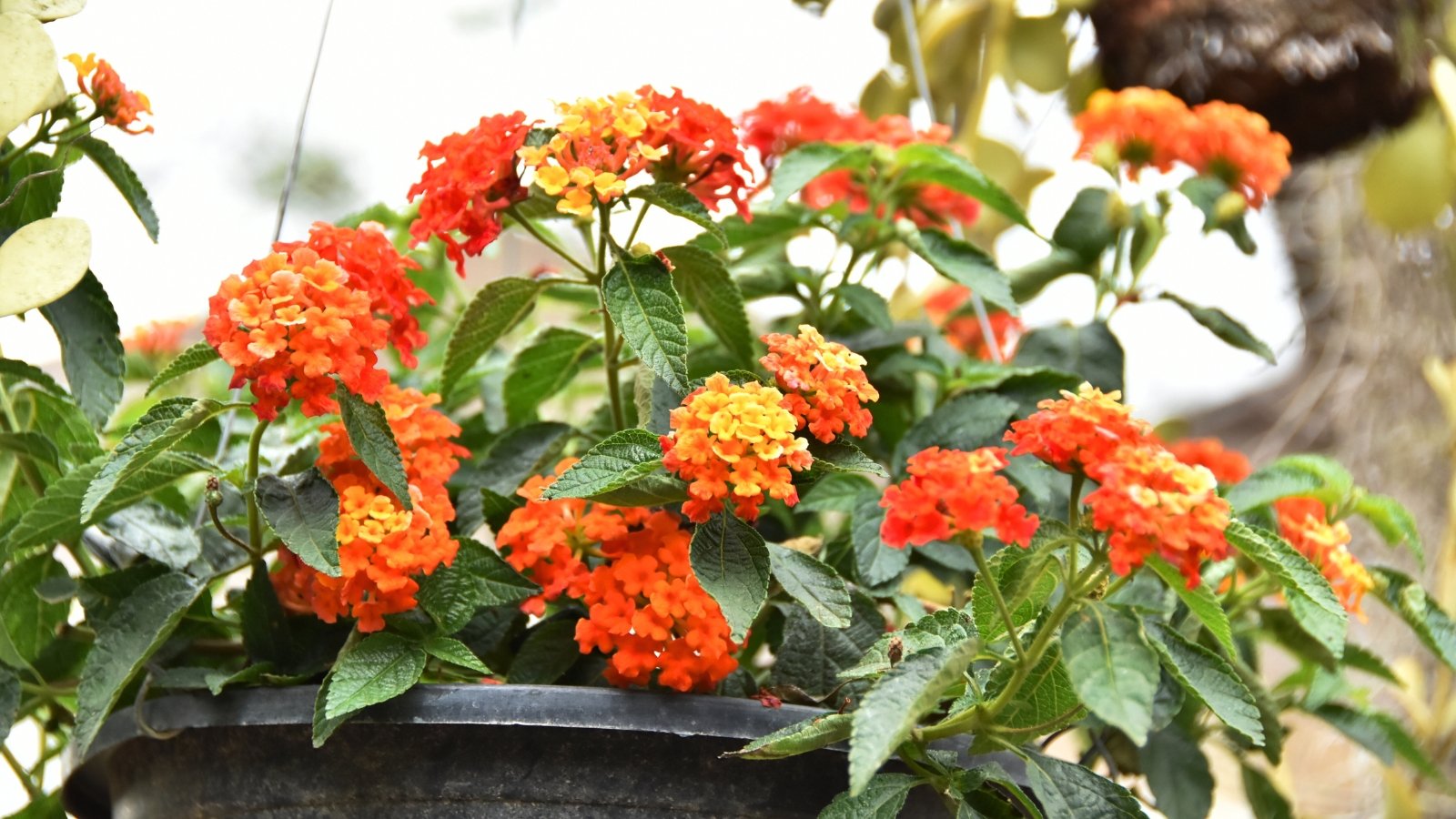

Relying in your local weather, you could or could not be capable to proceed planting sure issues after the primary frost. Technically, the bottom continues to be workable till a protracted arduous freeze (28°F/-2°C or decrease). You possibly can plant dormant timber and shrubs in lots of locations so long as the bottom is workable.
Planting dormant timber and shrubs in winter doesn’t disturb their pure cycle. Planting non-dormant crops, nevertheless, shouldn’t be a good suggestion, evergreens included. Evergreens want to soak up vitamins earlier than the soil freezes, they usually could not have the possibility to do that should you wait too lengthy.
Utilizing Weed Killer
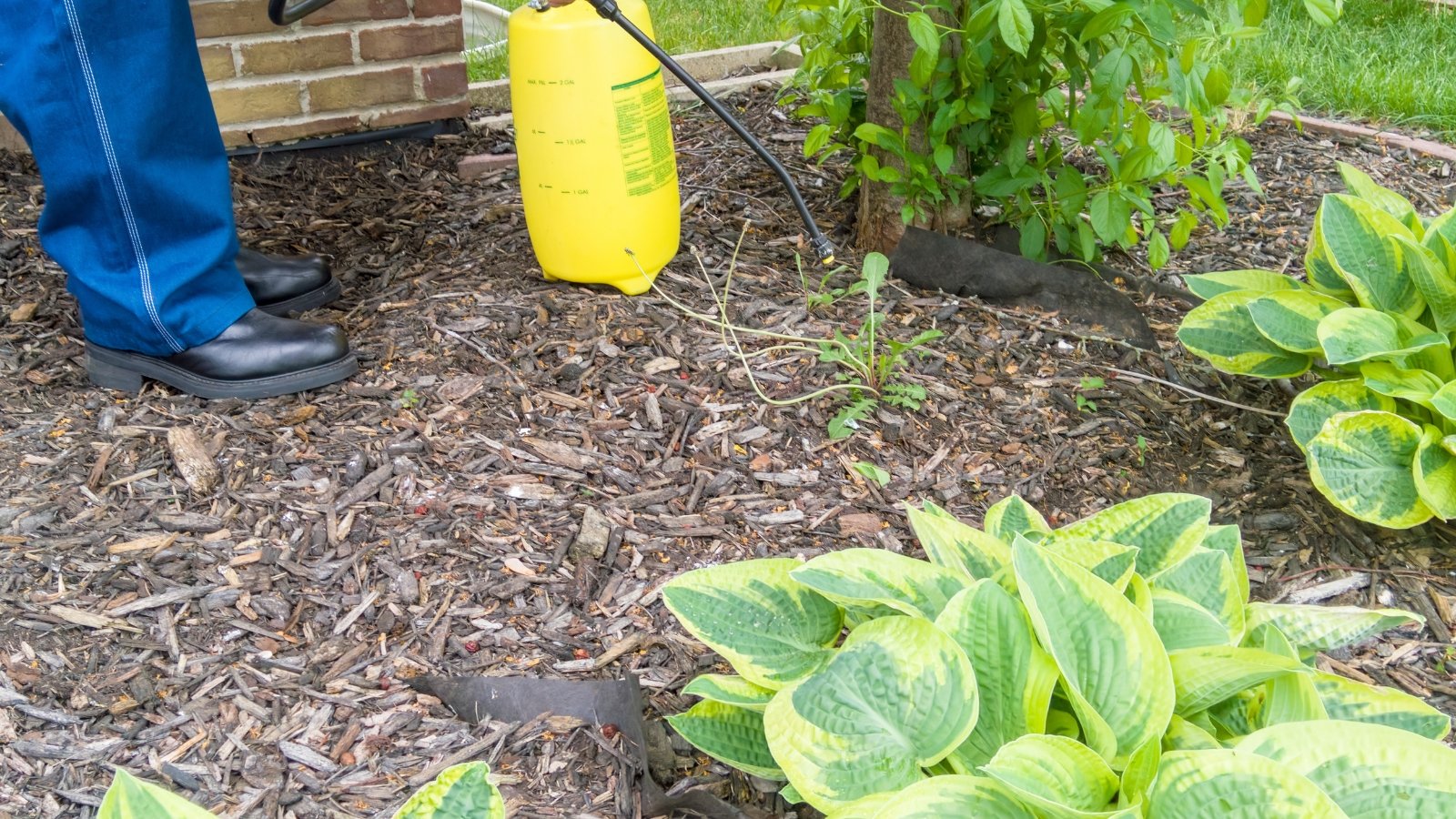

I’d like to say that you simply shouldn’t use weed killers in any respect. They’ve been recognized to contaminate the groundwater and contribute to an unhealthy surroundings generally. Nevertheless, some people actually like a weed-free turf garden.
Most of those chemical compounds have temperature restrictions. That’s, they work finest in a particular vary. Utilizing them beneath their indicated temperature restriction can render them much less efficient or not efficient in any respect.
The finest instances to spray for weeds are in spring when the soil warms to about 50°F (10°C), or within the fall. Simply be sure to get it carried out when it has time to work earlier than the temperature drops.
Clearing Leaves From Backyard Beds
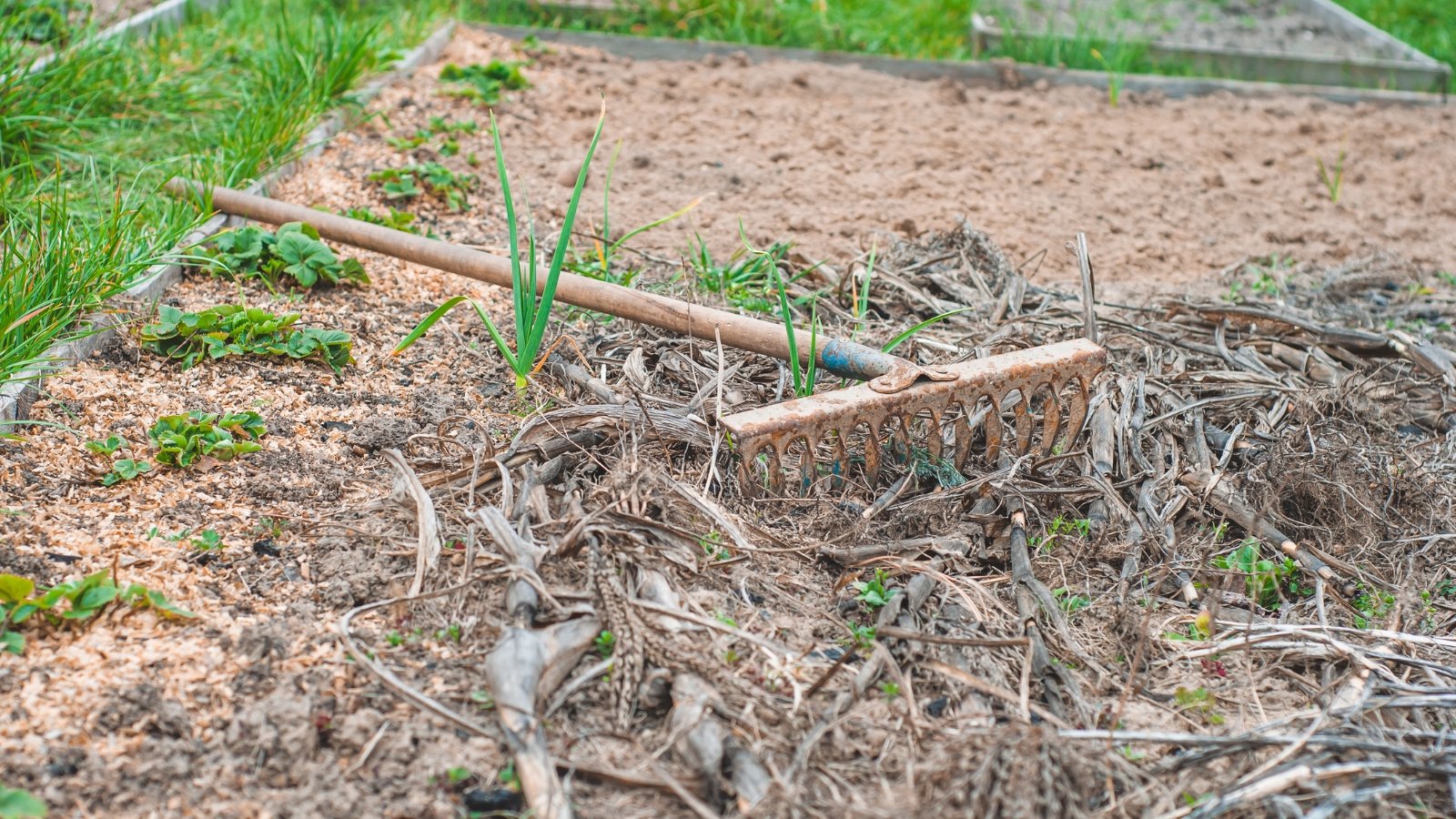

Lastly, should you can depart the leaf cleanup for spring, it’s really the very best factor on your backyard as a complete. Permitting fallen leaves to remain in place might help insulate your beds. They act as mulch, so leaving them in place saves cash on mulch. Additionally they break down over time and change precious vitamins within the soil.
Another excuse to go away the leaves is for useful bugs. Many useful bugs hibernate throughout the chilly climate. Leaf piles present a heat, secure, and guarded spot for bumblebees, native bees, fireflies, and the larval type of many moths and butterflies.
These bugs will discover their means into these areas earlier than that first frost and keep put till the spring. By eradicating leaves from the backyard, you dispose of those useful bugs, and that may disrupt the ecosystem for the next yr.
Do your pollinating buddies a favor and depart the leaves. Should you can’t tolerate them laying the place they fall, be happy to rake them into piles earlier than winter. Then, merely depart them there to decompose and use them as compost within the spring.
[ad_2]
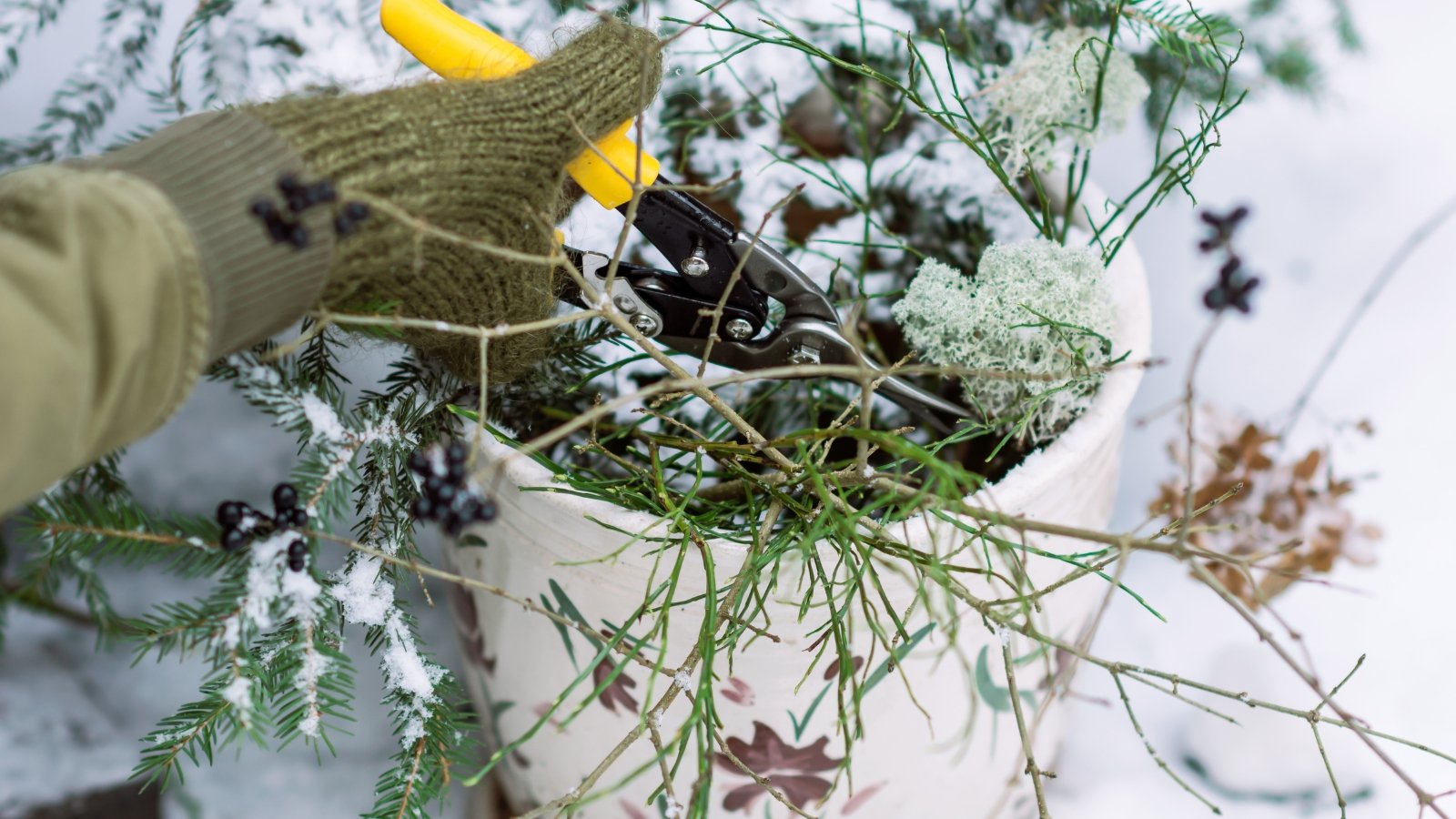
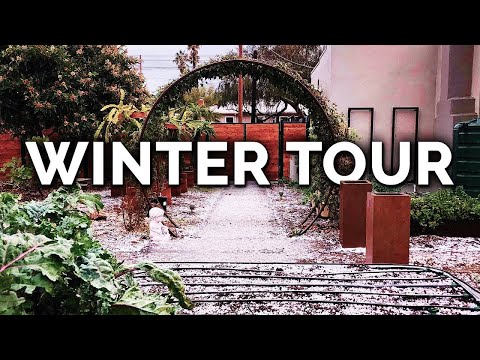
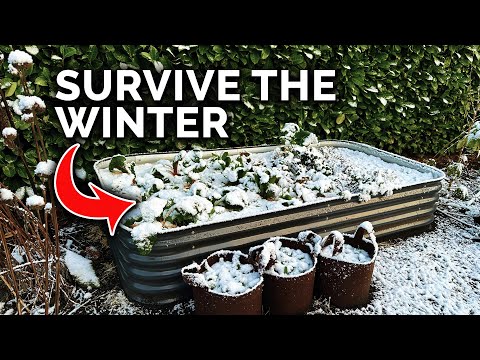
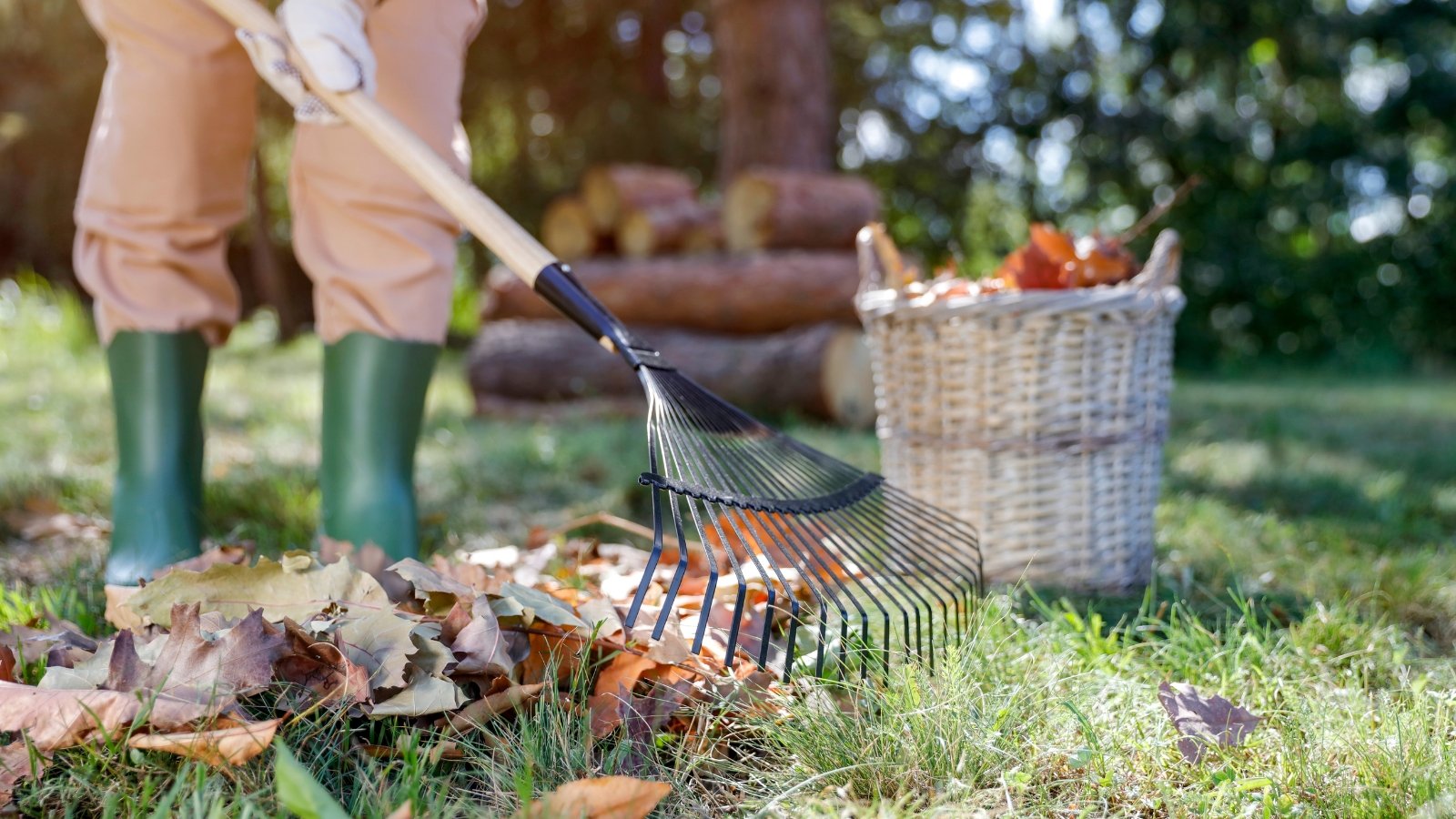
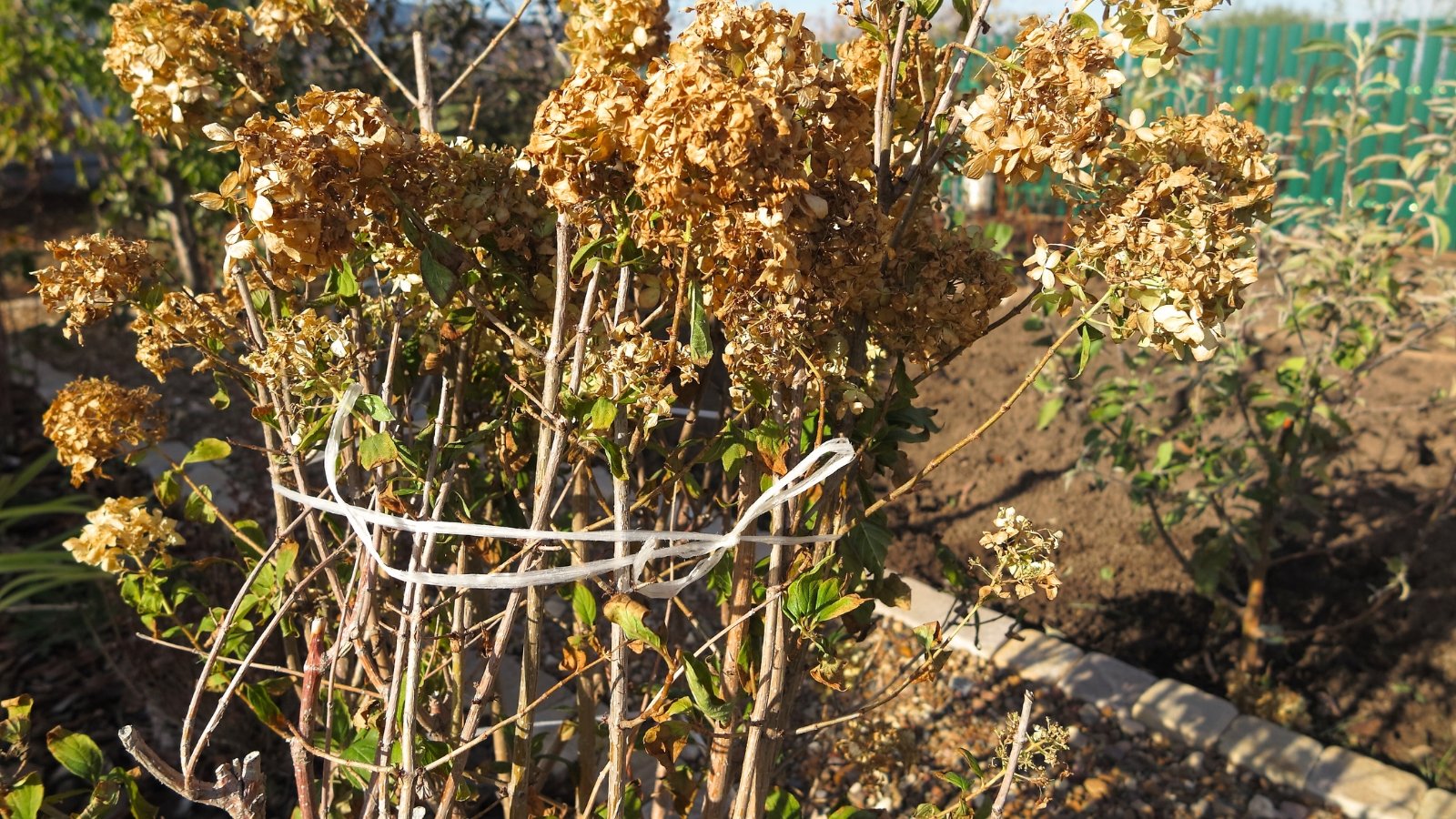
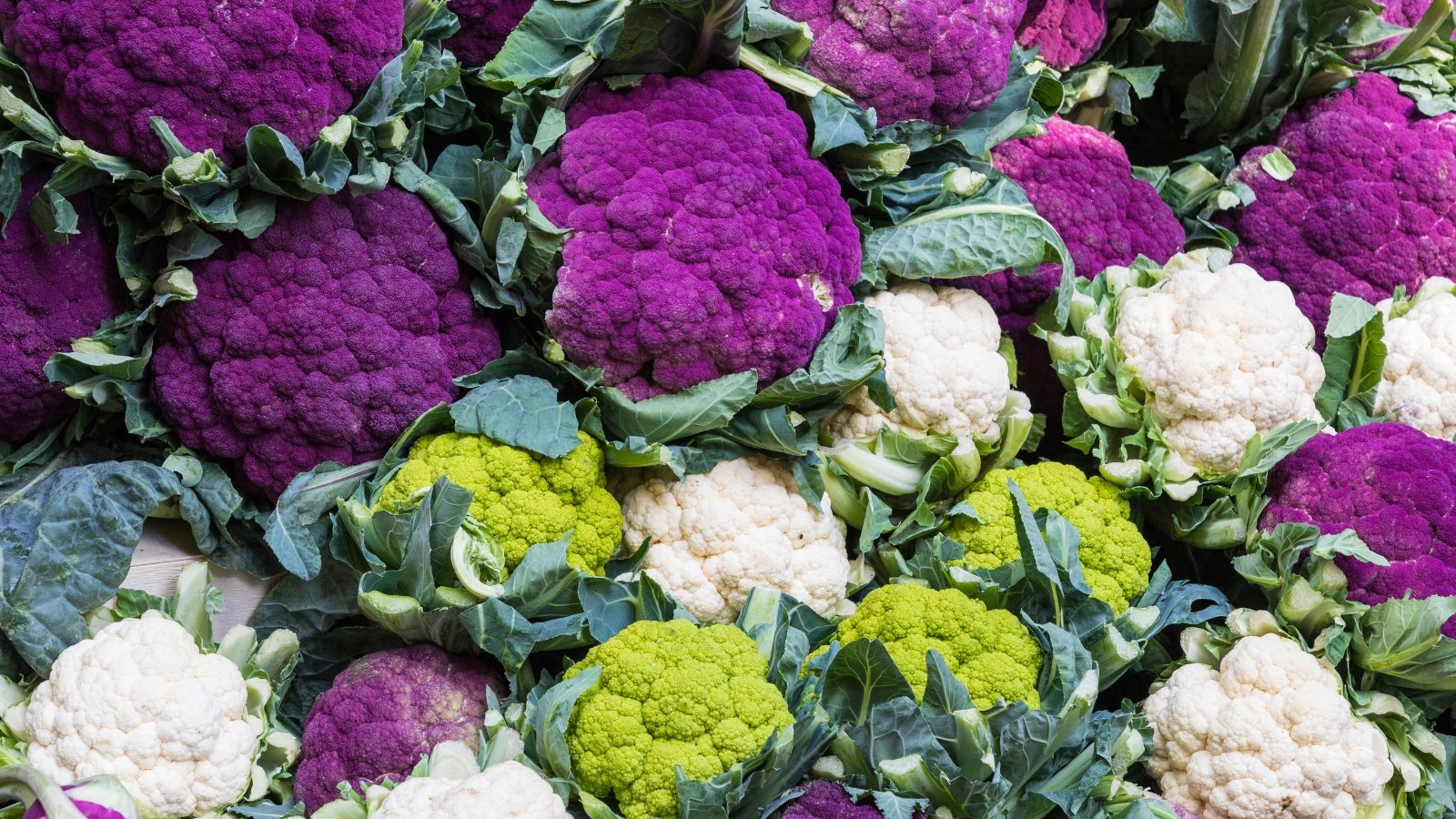
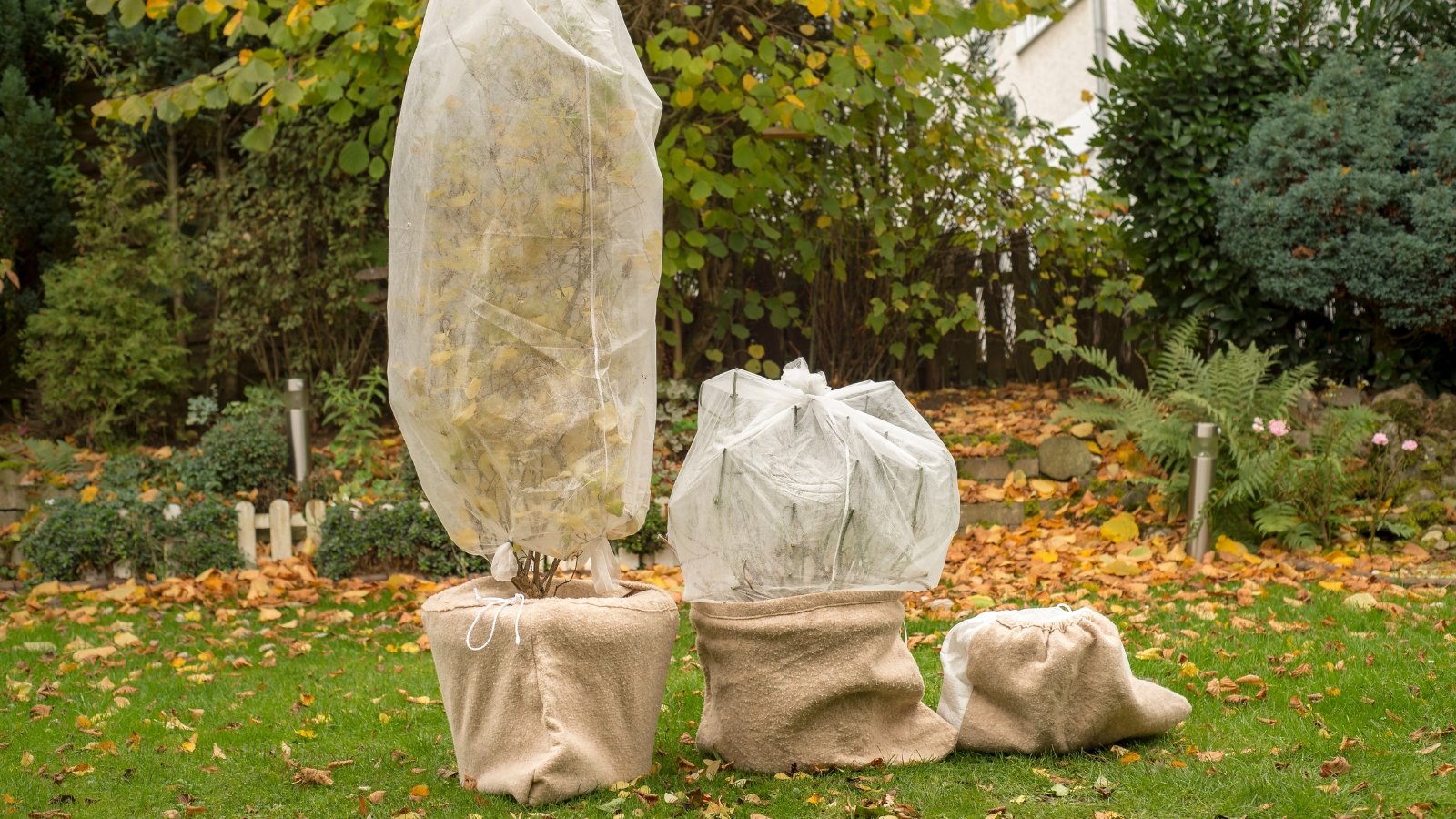
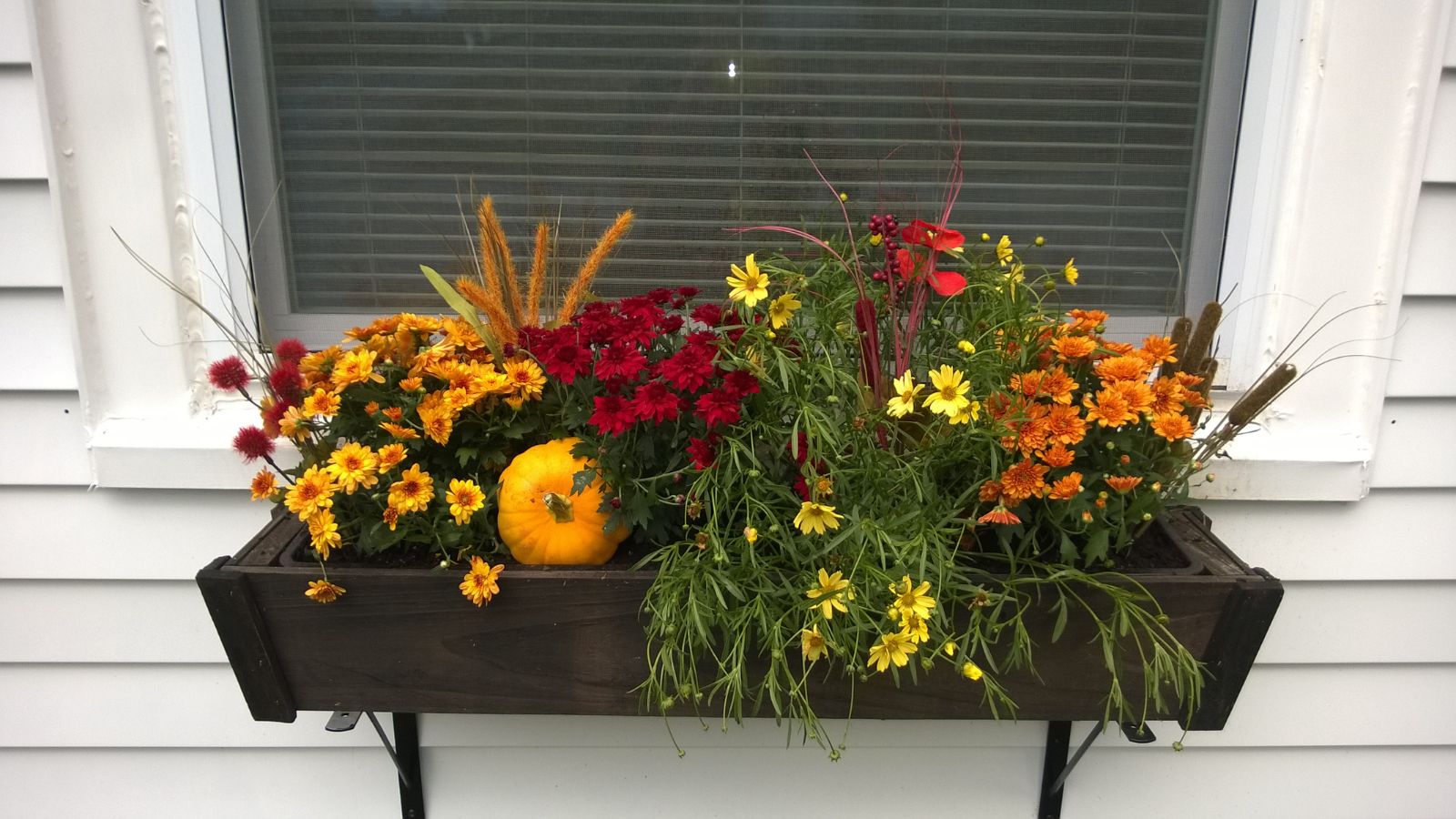
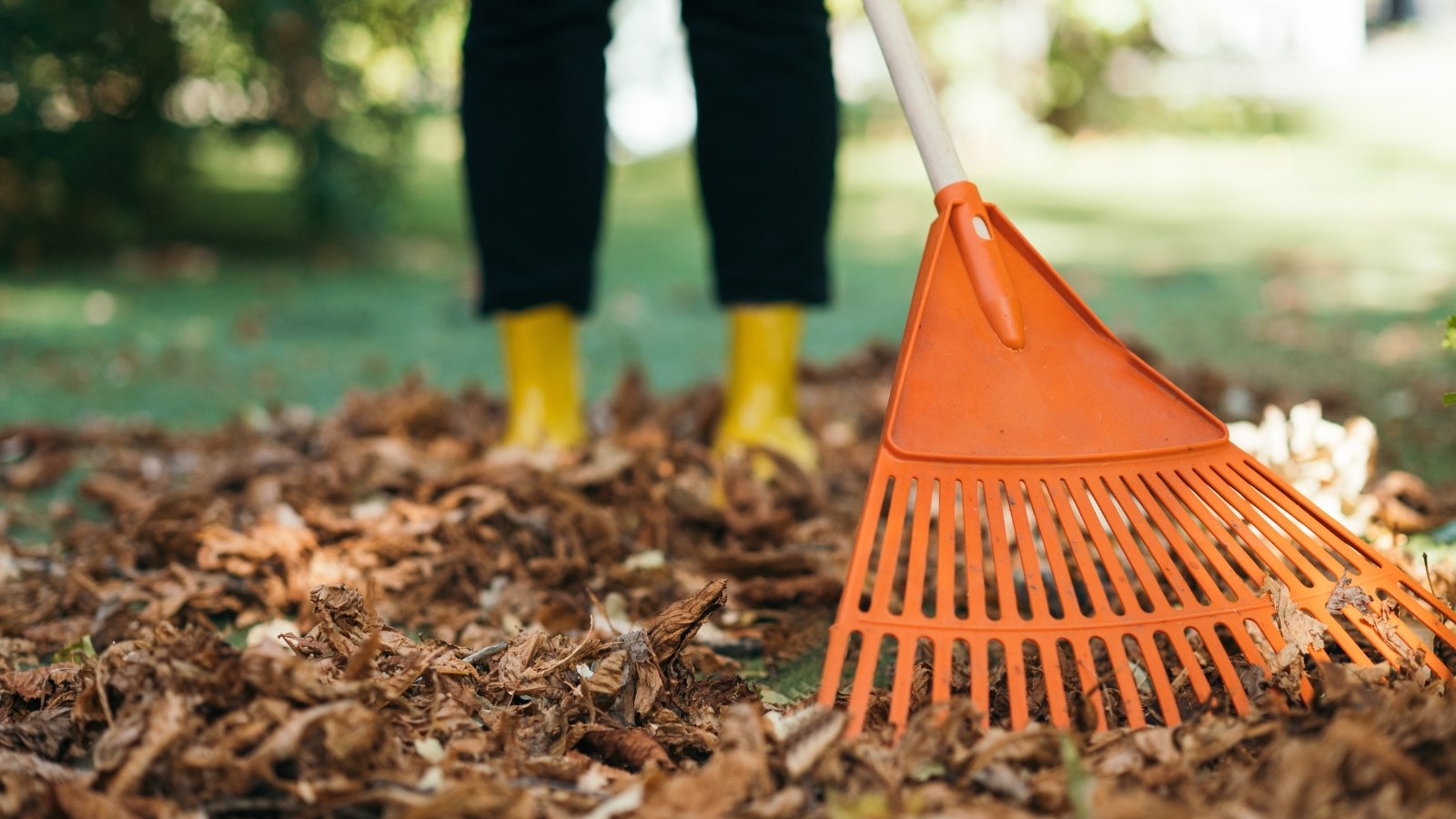
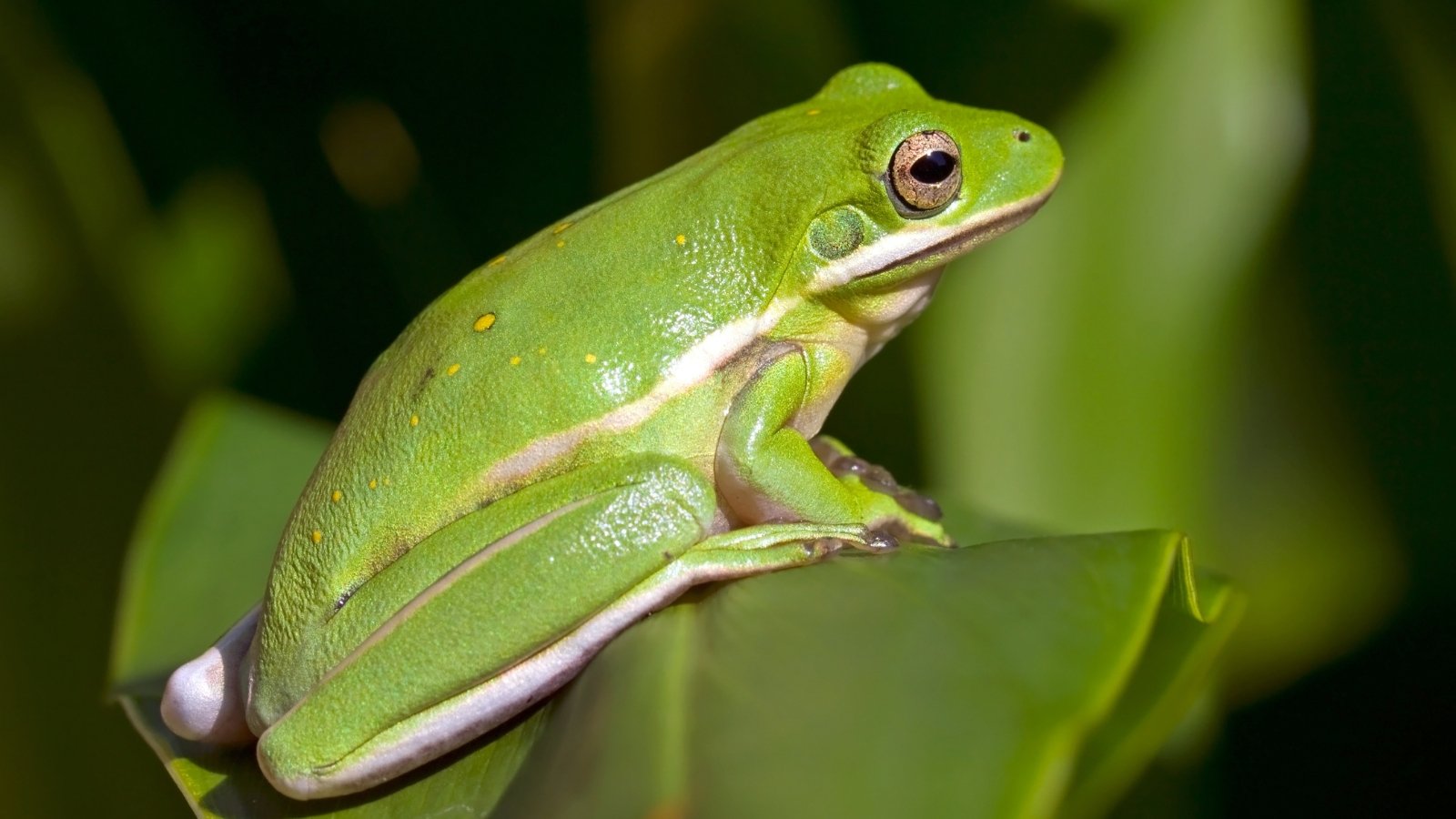
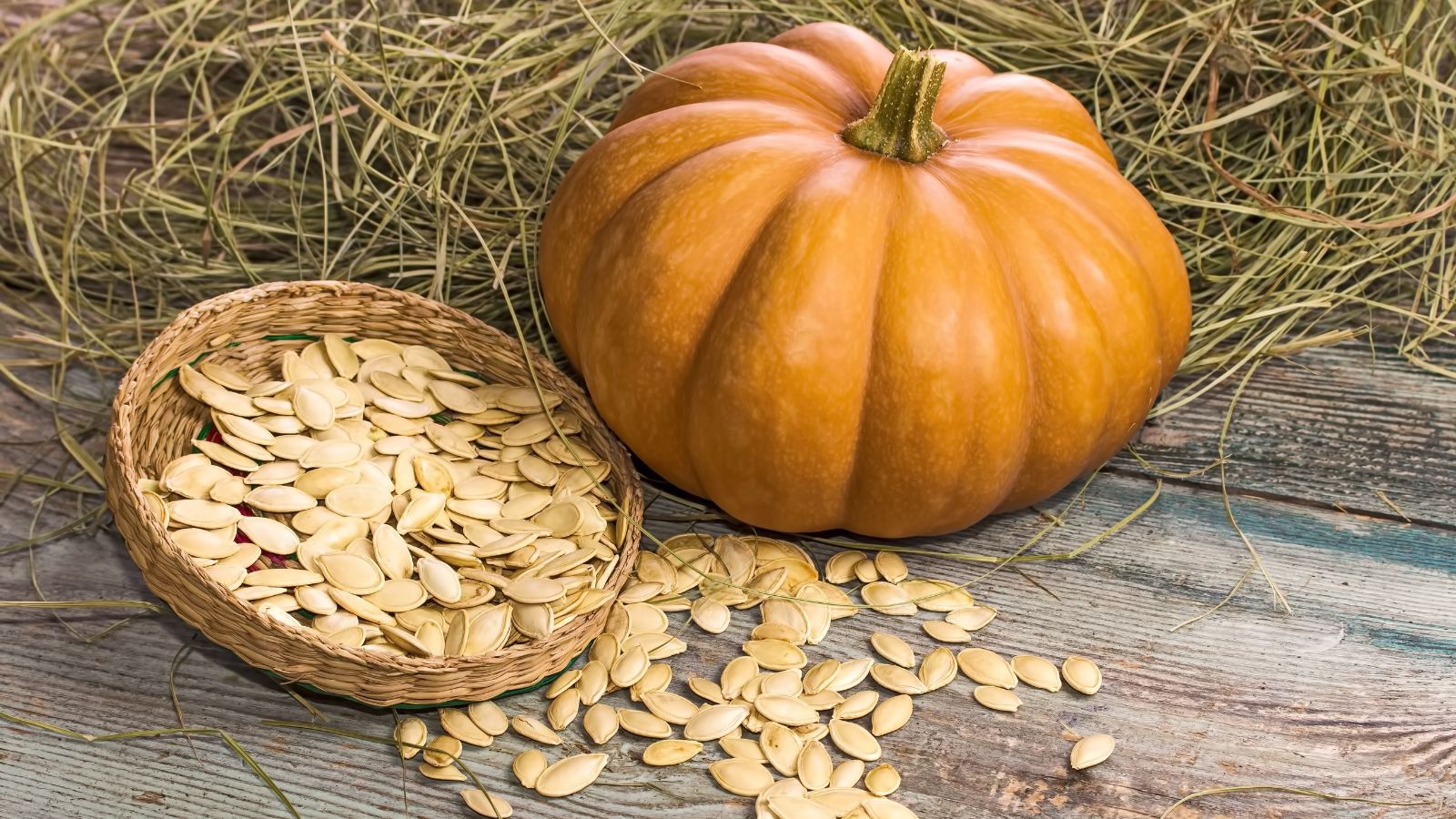
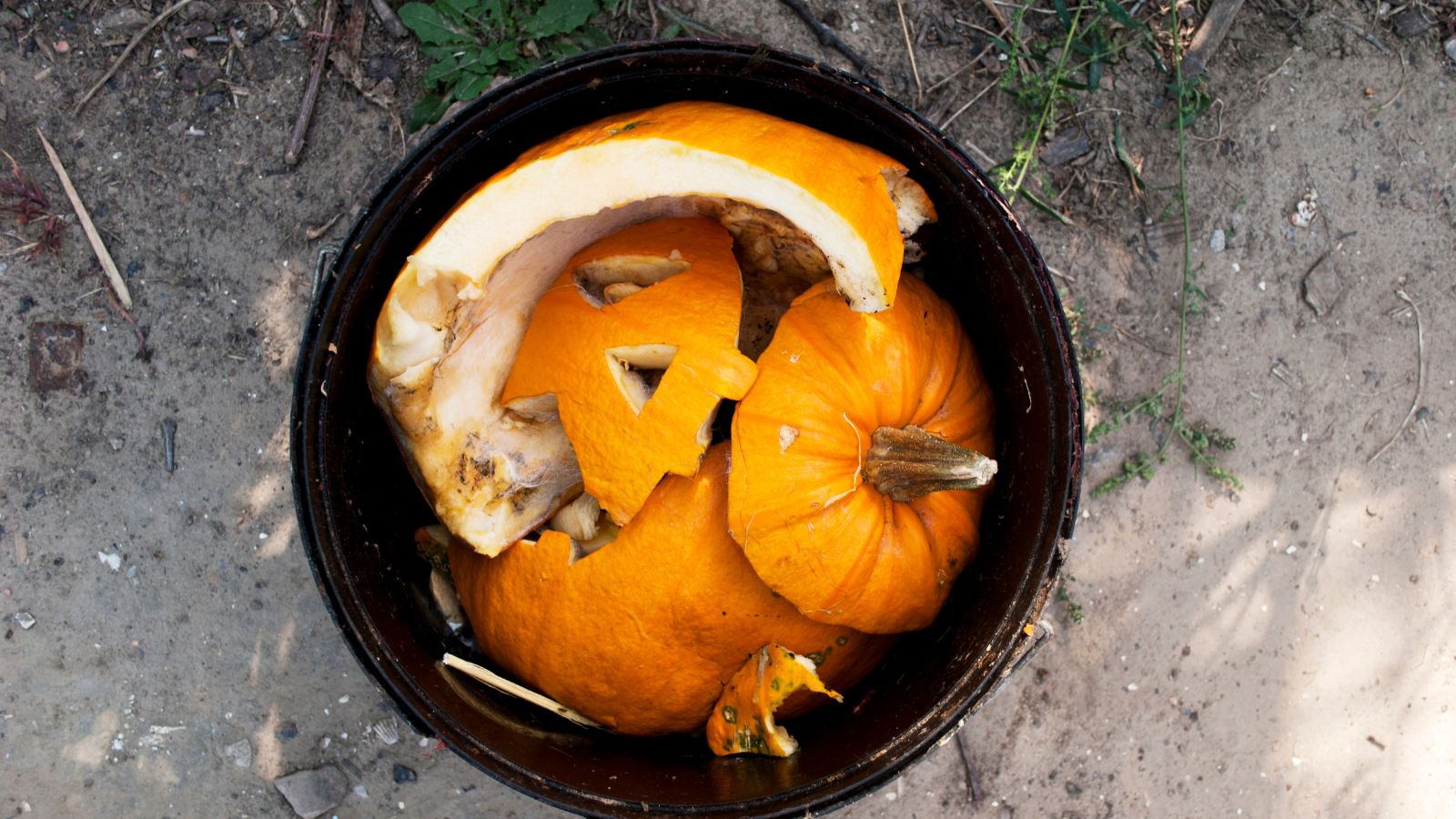
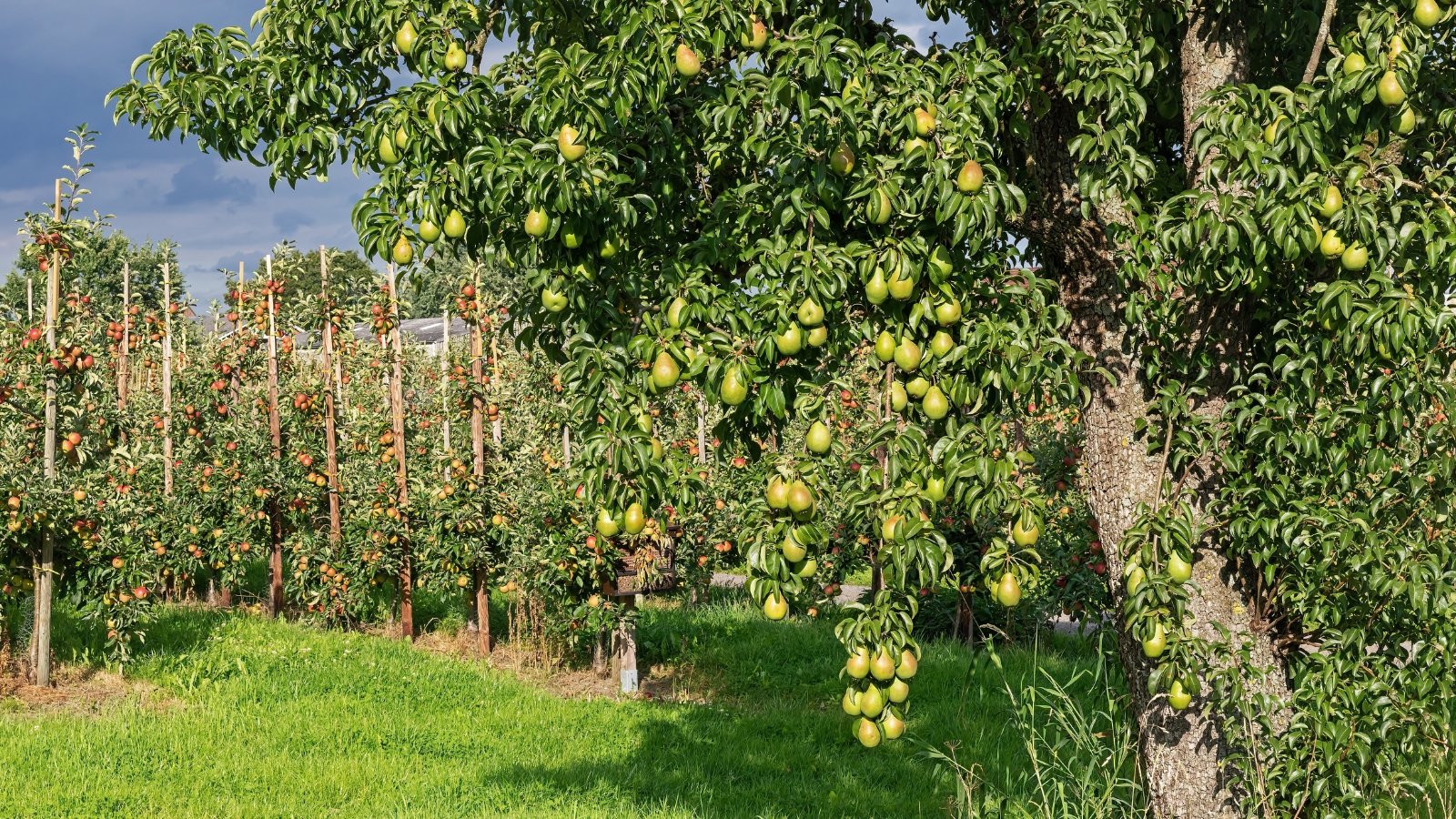

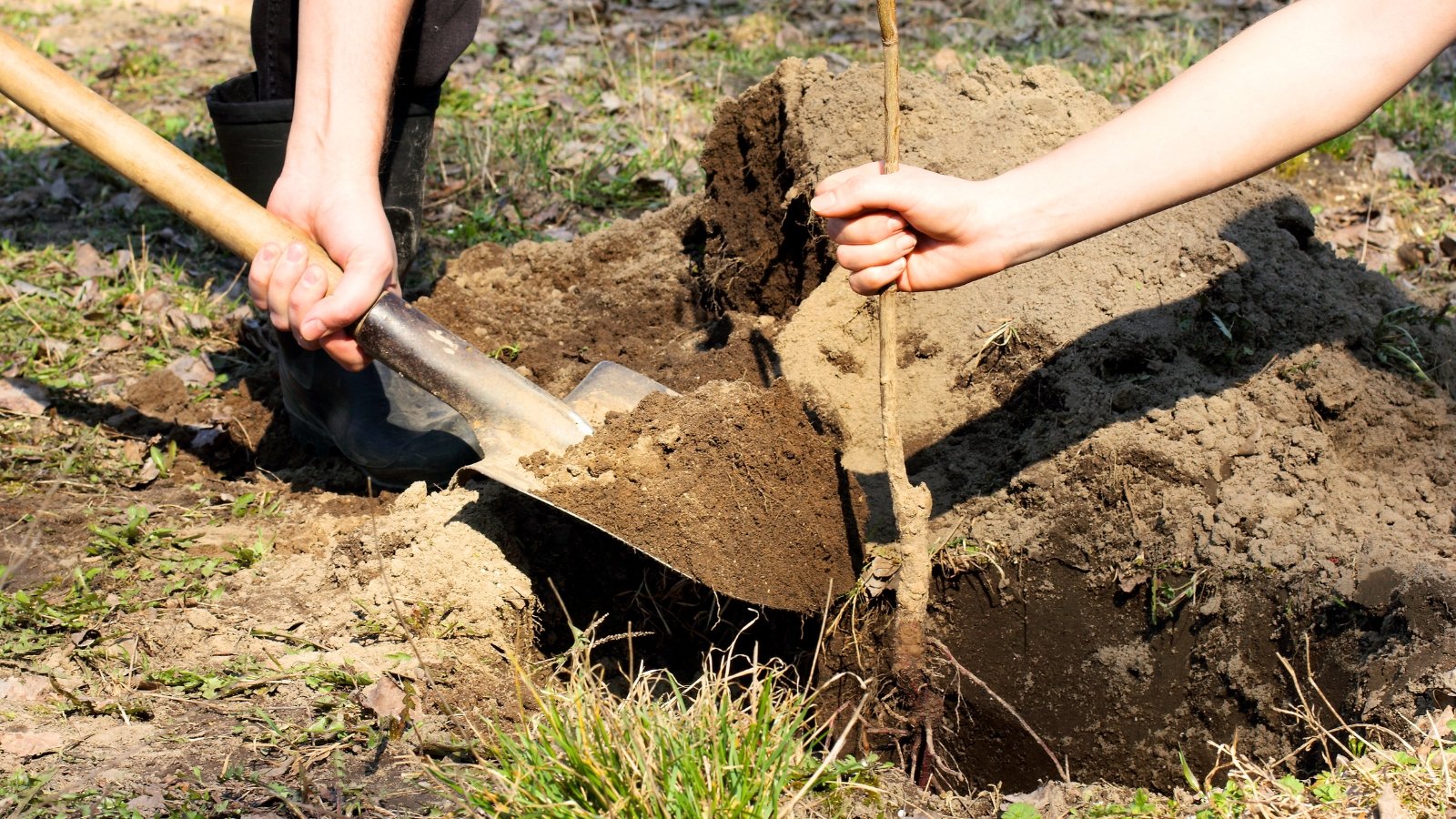
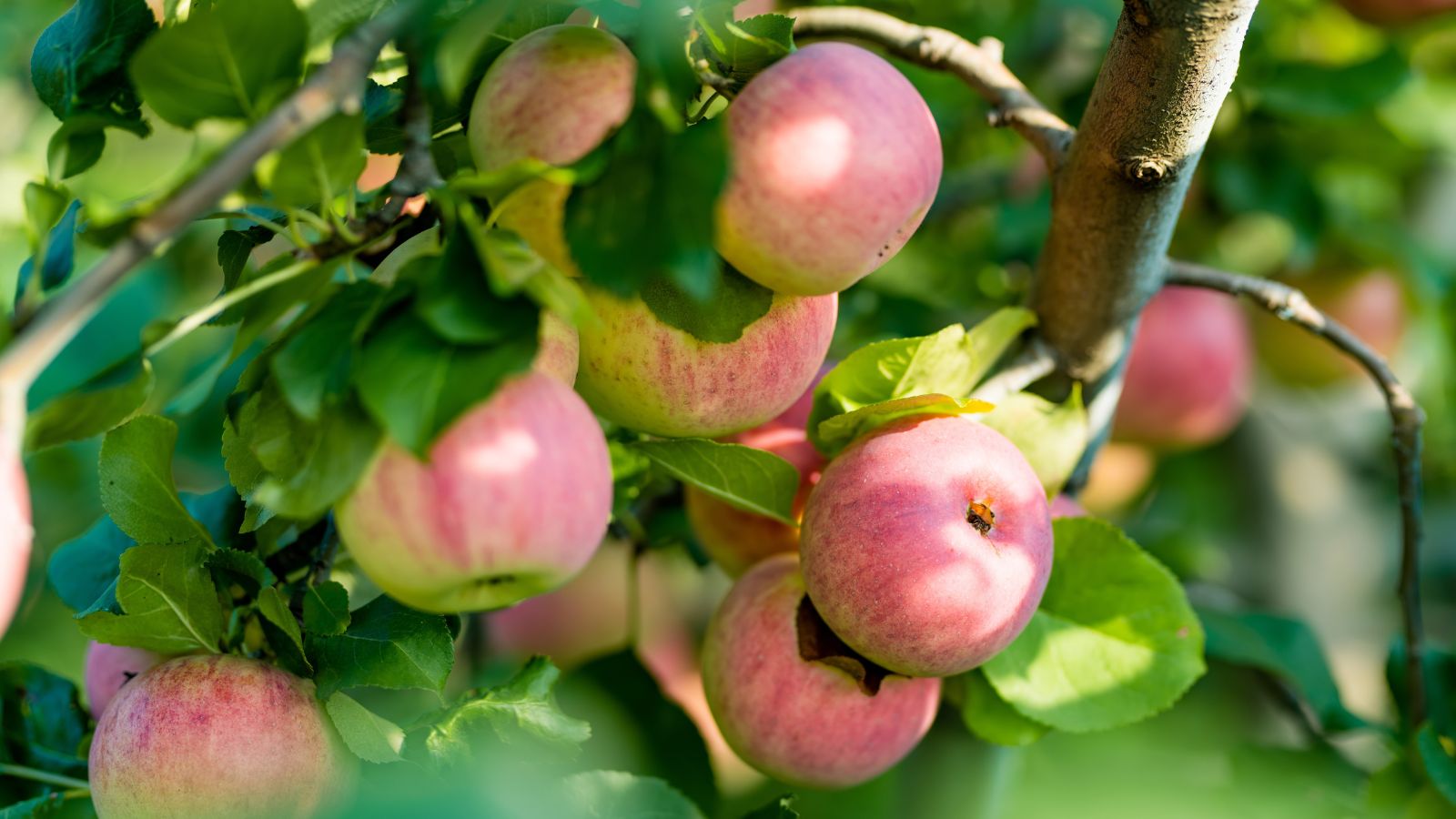
SunnyDays42
I appreciate the insights on winter gardening, particularly about not pruning after the first frost. It makes sense that the dead leaves serve as insulation for the plants. I’ll be more mindful of this practice.